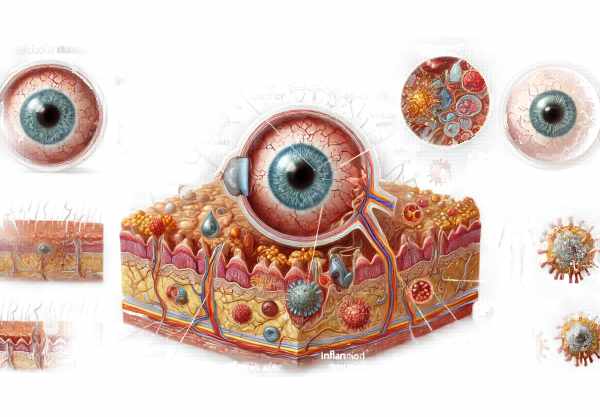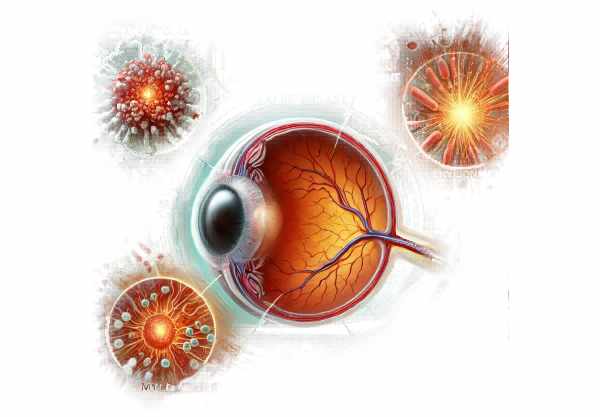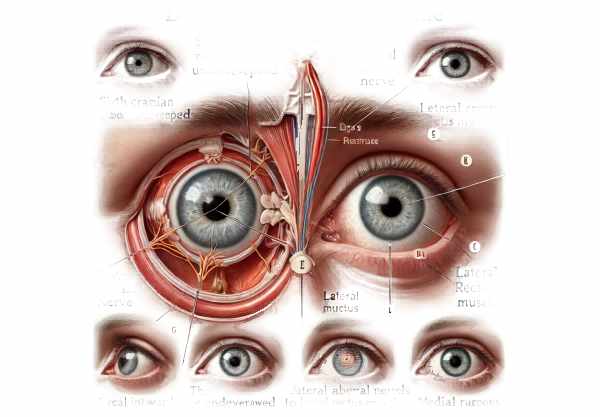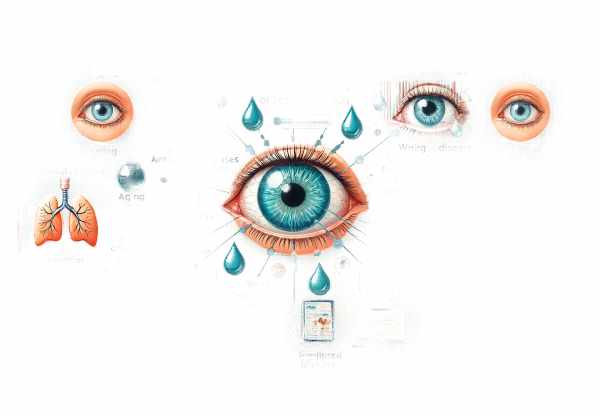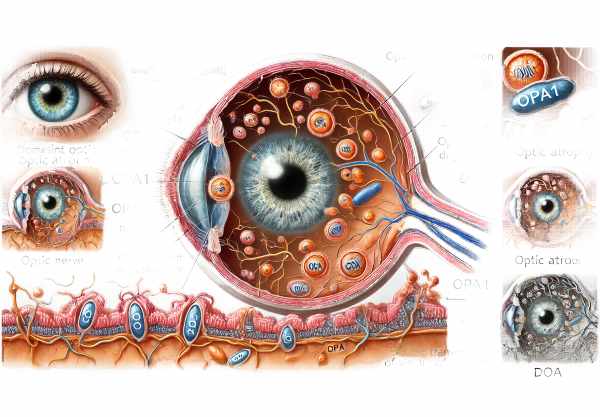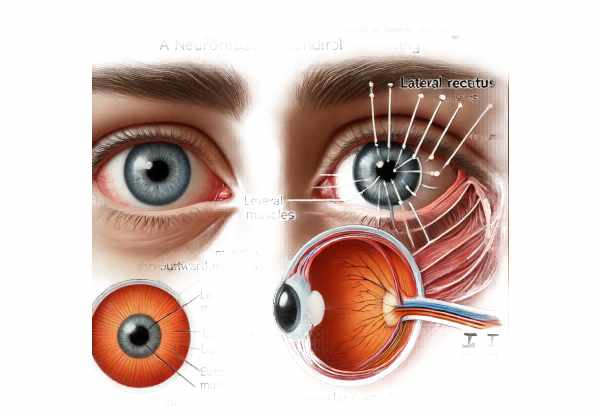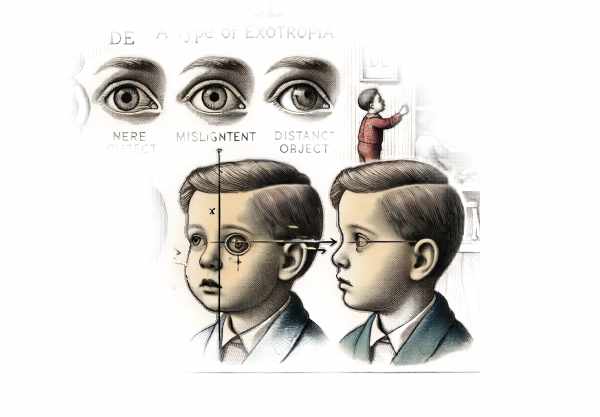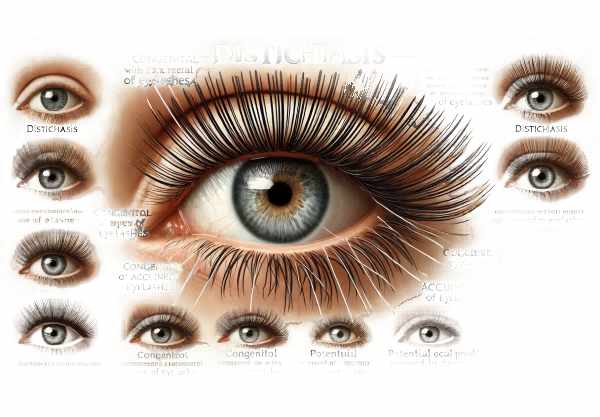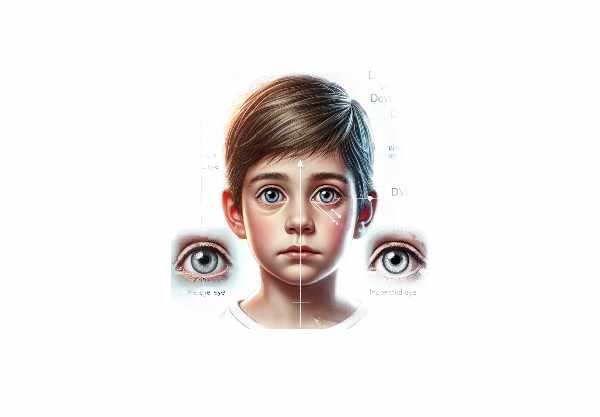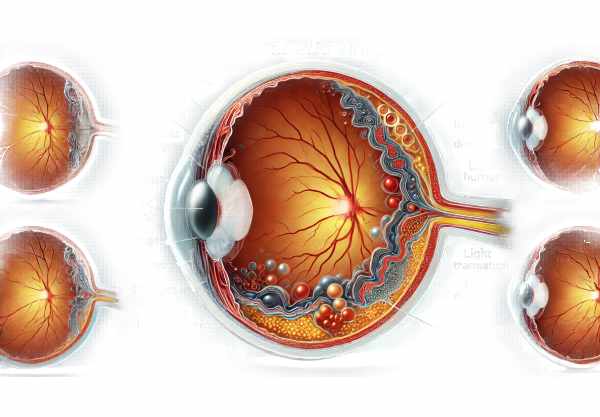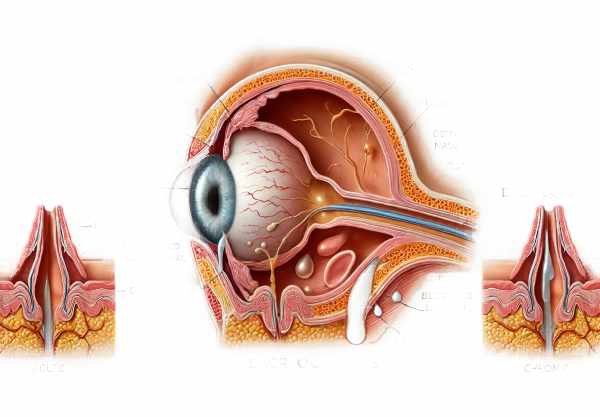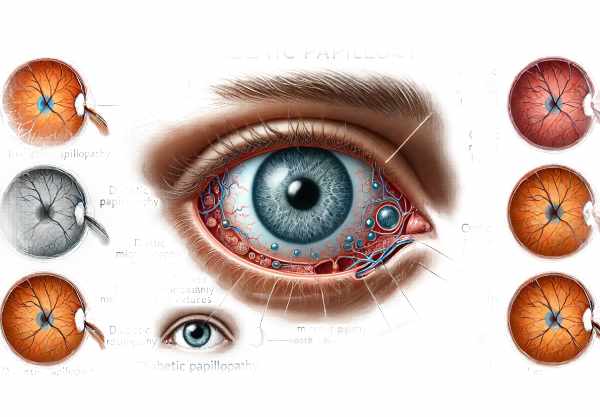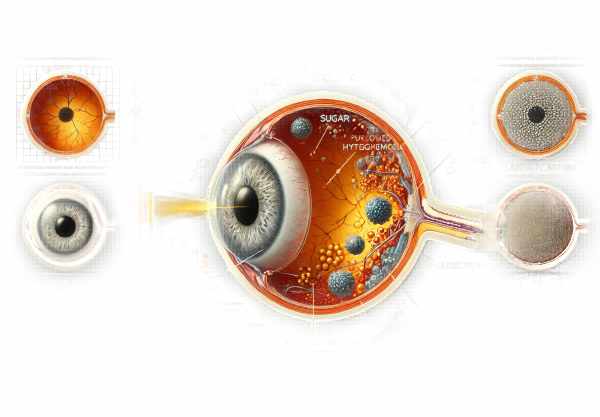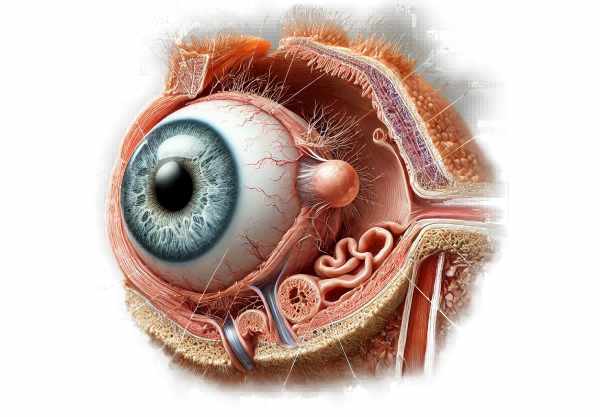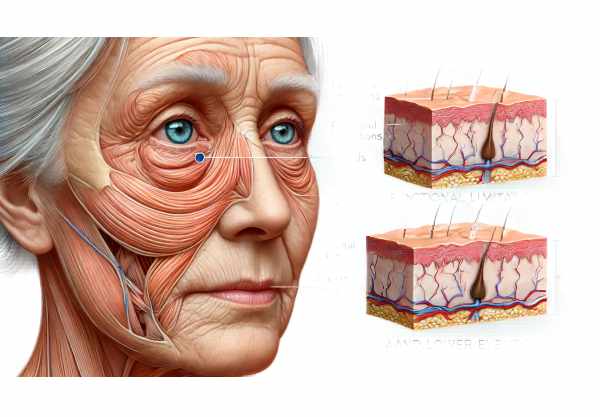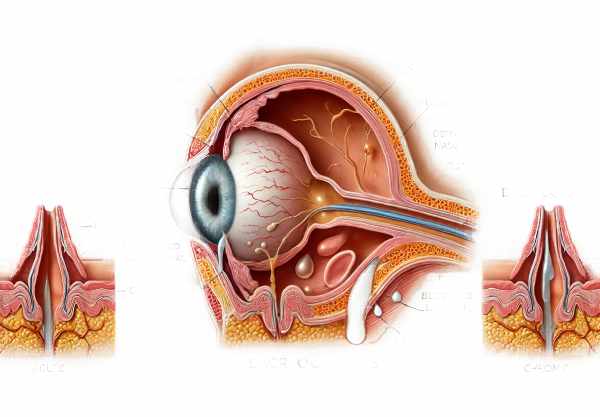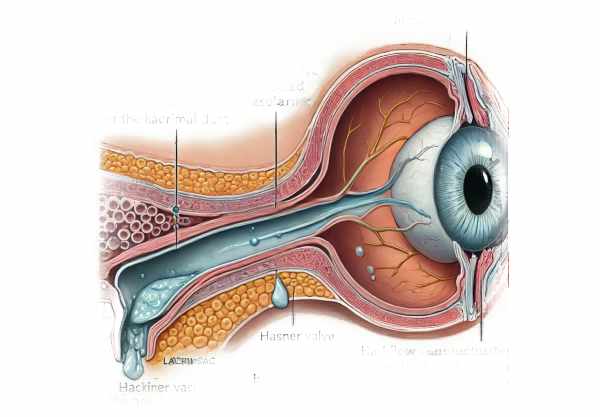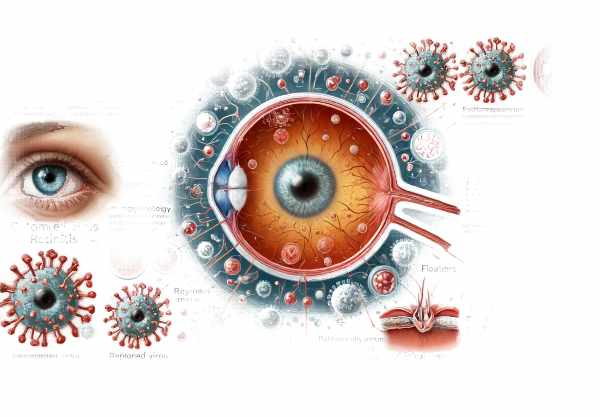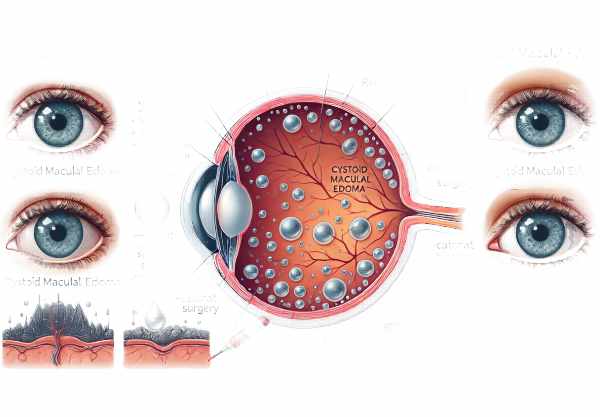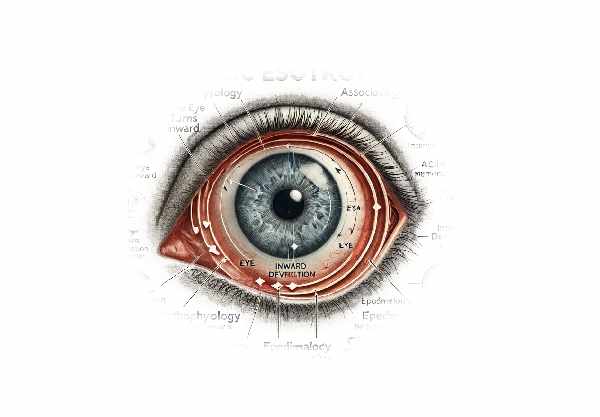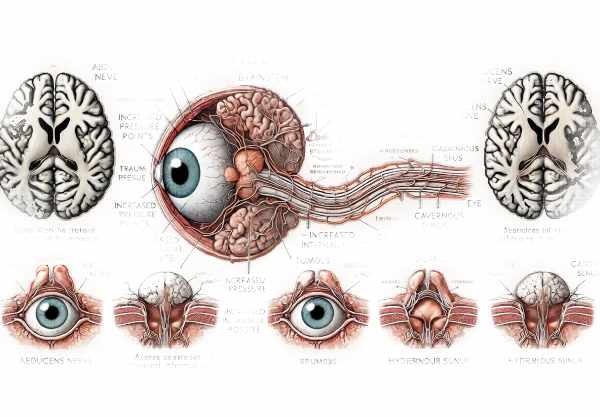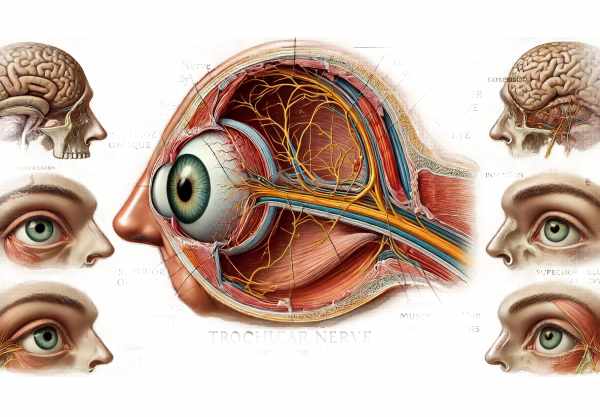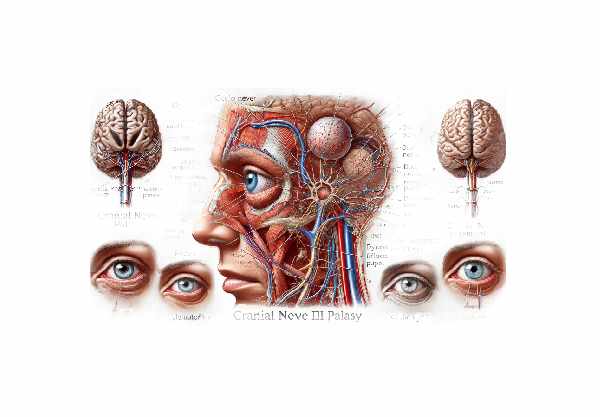Ocular Manifestations of Ebola Virus Disease
Introduction to Ebola Virus Disease Ocular Symptoms Ebola Virus Disease (EVD) is a severe, often fatal illness caused by the Ebola virus, which belongs to the Filoviridae family. While EVD primarily affects the immune system, resulting in severe hemorrhagic fever, it also has significant ocular symptoms that can last even after recovery. Ocular complications include uveitis, optic neuritis, and other...
Comprehensive Guide to Eales Disease
Introduction to Eales Disease Eales disease is a rare idiopathic occlusive vasculopathy that primarily affects the peripheral retina and is most frequently seen in young adults. Eales disease, named after British ophthalmologist Henry Eales, who first described it in 1880, is characterized by retinal vein inflammation, occlusion, and subsequent neovascularization. This can result in recurring vitreous hemorrhages and, in severe...
Duane Retraction Syndrome: Key Insights
Introduction to Duane Retraction Syndrome Duane Retraction Syndrome (DRS) is a rare congenital eye movement disorder defined by the inability of one or both eyes to move outward (abduction) or inward (adduction). Alexander Duane first described this condition in 1905, and it is caused by an abnormal development of the sixth cranial nerve, which controls the lateral rectus muscle responsible...
Managing Dry Eye Syndrome Effectively
Introduction to Dry Eye Syndrome Dry Eye Syndrome, also known as keratoconjunctivitis sicca, is a common condition in which your tears are unable to adequately lubricate your eyes. Tears can be ineffective and unstable for a variety of reasons. For example, dry eyes can occur if you do not produce enough tears or if your tears are of poor quality....
Dominant Optic Atrophy: Detailed Overview
Introduction to Dominant Optic Atrophy Dominant Optic Atrophy (DOA) is a hereditary eye condition characterized by progressive degeneration of the optic nerves, which causes visual impairment. DOA typically manifests in the first decade of life and primarily affects the transmission of visual information from the eyes to the brain. This condition is inherited in an autosomal dominant manner, which means...
Comprehensive Guide to Eales Disease
Introduction to Eales Disease Eales disease is a rare idiopathic occlusive vasculopathy that primarily affects the peripheral retina and is most frequently seen in young adults. Eales disease, named after British ophthalmologist Henry Eales, who first described it in 1880, is characterized by retinal vein inflammation, occlusion, and subsequent neovascularization. This can result in recurring vitreous hemorrhages and, in severe...
Preventing Divergence Excess: Best Practices
What is Divergence Excess? Divergence Excess is a type of strabismus distinguished by a greater degree of exotropia (outward deviation of the eye) when viewing distant objects versus nearby ones. It usually appears in childhood and can last into adulthood if left untreated. This condition impairs binocular vision and can cause symptoms like double vision, eye strain, and headaches. Understanding...
Distichiasis: Treatment and Prevention Strategies
What is Distichiasis? Distichiasis is an ocular condition marked by the abnormal growth of an extra row of eyelashes from the meibomian glands, which are located along the eyelid edges. These extra lashes can cause significant discomfort and irritation when they come into contact with the cornea and conjunctiva. Distichiasis can be congenital, meaning it was present at birth, or...
Dissociated Vertical Deviation: Comprehensive Guide
Introduction to Dissociated Vertical Deviation (DVD) Dissociated Vertical Deviation (DVD) is a complex ocular condition that frequently affects strabismus patients, particularly those with infantile esotropia. DVD is distinguished by the upward drift of one eye while the other remains focused on an object. This deviation is dissociated because it occurs without a clear trigger or stimulus and can affect either...
Diabetic Vitreopathy: Comprehensive Guide
Introduction to Diabetic Vitreopathy Diabetic vitreopathy is a relatively unknown but significant ocular complication of diabetes mellitus. It entails changes in the vitreous humor, a clear gel-like substance that fills the space between the lens and the retina in the eye. Diabetic vitreopathy can cause symptoms such as floaters, blurriness, and vision impairment, all of which have an impact on...
Diabetic Retinopathy: Symptoms and Prevention
What is Diabetic Retinopathy? Diabetic retinopathy is a serious eye condition that affects people with diabetes. It is distinguished by damage to the blood vessels in the retina, the light-sensitive tissue at the back of the eye, which can cause vision impairment and, in extreme cases, blindness. This condition is a major cause of vision loss in adults, particularly those...
Diabetic Papillopathy: Symptoms and Causes
What is Diabetic Papillopathy? Diabetic papillopathy is a rare but significant ocular complication of diabetes mellitus. It primarily affects the optic disc, resulting in swelling and visual disturbances. Diabetic papillopathy, while often self-limiting, can be an early warning sign of diabetes-related systemic microvascular complications. The condition is most commonly seen in young people with Type 1 diabetes, but it can...
Diabetic Cataract: Key Facts You Should Know
Introduction to Diabetic Cataracts Diabetic cataract is a serious complication of diabetes mellitus that causes a clouding of the eye's lens, resulting in decreased vision and, if left untreated, blindness. This condition is the direct result of diabetes-related metabolic disturbances, particularly prolonged hyperglycemia. Diabetic cataracts can develop at a younger age in diabetic patients than in the general population, highlighting...
Dermoid Cyst of the Orbit: Key Facts
What is Dermoid Cyst of the Orbit? A dermoid cyst of the orbit is a benign, congenital lesion caused by ectodermal tissue trapped during embryonic development. These cysts are frequently found in the periorbital region, particularly near the lateral aspect of the brow. Dermoid cysts contain keratin, hair follicles, and sebaceous glands, and they can grow slowly over time. While...
Dermatochalasis: Symptoms, Diagnosis, and Treatment
What is Dermatochalasis? Dermatochalasis, also known as "baggy eyes," is a condition that causes excessive sagging or drooping of the upper or lower eyelids due to a loss of skin elasticity. This condition is most commonly associated with aging, but it can also be caused by genetics, lifestyle choices, or medical conditions. Dermatochalasis can affect both men and women and...
Dacryocystitis: Causes, Symptoms, Treatments
What is Dacryocystitis? Dacryocystitis is an infection or inflammation of the lacrimal sac, a component of the eye's tear drainage system. This condition is frequently caused by an obstruction in the nasolacrimal duct, resulting in the accumulation of tears and infection. It can affect people of all ages, but it is most common in infants and adults over the age...
Dacryocele: Causes, Symptoms, and Treatments
What is Dacryocele? Dacryocele, also known as lacrimal sac cyst, is a rare congenital or acquired condition in which the nasolacrimal duct becomes obstructed and distended, resulting in the formation of a cystic swelling at the eye's medial canthus. This condition is usually distinguished by a bluish, cystic swelling caused by the accumulation of tears and mucus in the lacrimal...
Comprehensive Guide to Dacryoadenitis
Introduction to Dacryoadenitis Dacryoadenitis is an inflammation of the lacrimal gland, which produces tears. This condition, which can be acute or chronic, is distinguished by swelling, pain, redness, and, in some cases, fever in the upper eyelid region containing the gland. Acute dacryoadenitis is frequently caused by viral or bacterial infections, whereas chronic dacryoadenitis is more commonly linked to systemic...
Comprehensive Guide to CMV Retinitis
Introduction Cytomegalovirus (CMV) retinitis is a serious viral infection of the retina that primarily affects people with weakened immune systems, such as those with HIV/AIDS, organ transplant recipients, or patients receiving immunosuppressive therapy. The condition is caused by the cytomegalovirus, a common virus that can remain dormant in the body and reactivate when the immune system is weakened. CMV retinitis...
Insight into Cystoid Macular Edema
What is Cystoid Macular Edema? Cystoid macular edema (CME) is a condition in which fluid accumulates in the macula, the central part of the retina responsible for detailed vision. This fluid accumulates in cyst-like spaces, causing swelling and distortion of the macula, potentially impairing central vision. CME is linked to a variety of ocular and systemic conditions, including diabetic retinopathy,...
Insight into Cyclic Esotropia
What is Cyclic Esotropia? Cyclic esotropia is a rare type of strabismus marked by intermittent inward deviation of one or both eyes. Unlike typical esotropia, which occurs consistently, cyclic esotropia has a distinct pattern, alternating between periods of normal binocular alignment and esotropia. This cyclical pattern typically occurs on a regular and predictable basis, such as every other day or...
Comprehensive Guide to Cranial Nerve VI Palsy
Introduction Cranial Nerve VI Palsy, also known as abducens nerve palsy, is a neurological condition caused by dysfunction of the sixth cranial nerve. This nerve controls the lateral rectus muscle, which moves the eye outwards. When the sixth cranial nerve is compromised, patients experience horizontal diplopia (double vision) and are unable to move the affected eye outward. This condition can...
Cranial Nerve IV Palsy: Prevention and Care
Introduction Cranial Nerve IV Palsy, also known as trochlear nerve palsy, is a neurological disorder that affects the fourth cranial nerve, which controls the superior oblique muscle of the eye. This muscle is essential for eye movement, particularly downward and inward movements. Damage to the trochlear nerve can cause vertical or torsional diplopia (double vision), difficulty reading or descending stairs,...
Cranial Nerve III Palsy: Key Information
Introduction Cranial Nerve III Palsy, also known as oculomotor nerve palsy, is a neurological condition affecting the third cranial nerve, which controls the majority of the eye's movements, eyelid lifting, and pupil constrictions. Damage or dysfunction in this nerve can cause a variety of symptoms, including double vision, drooping eyelids (ptosis), and the inability to move the eye in specific...

